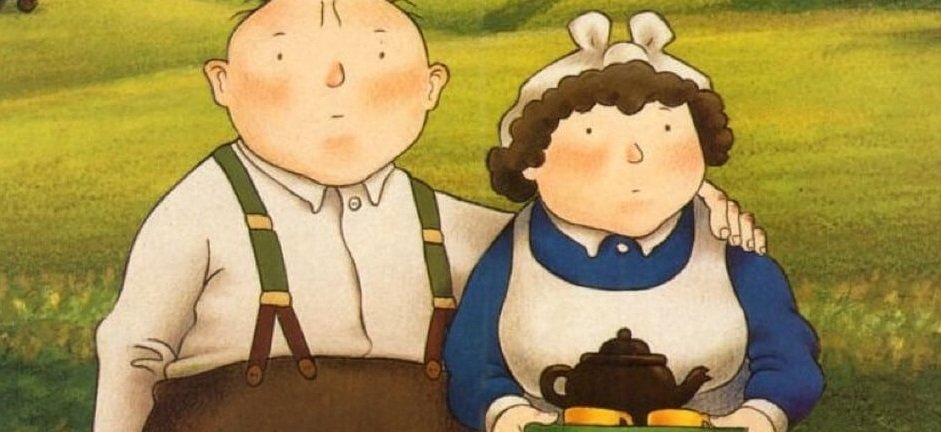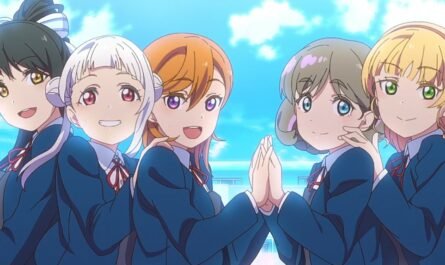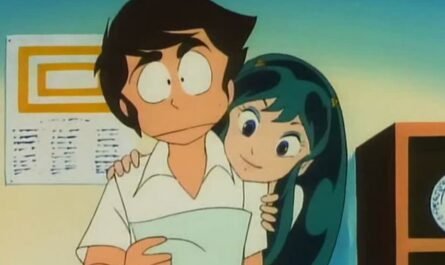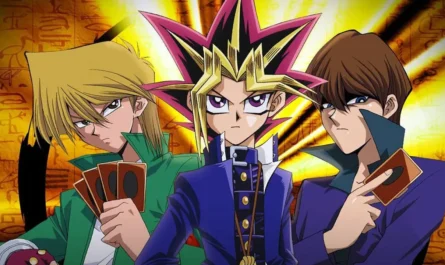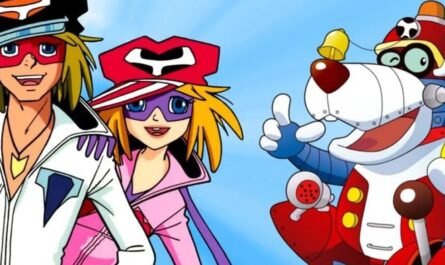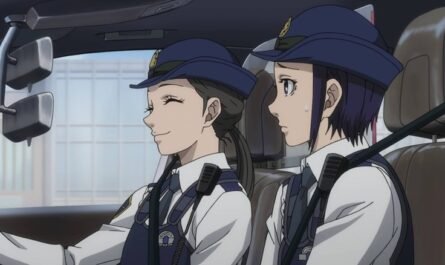The Japanese dubbed version of the animated film When the Wind Blows, produced in the UK in 1986 and released in Japan the following year in 1987, has been shown in theaters since August 2.
The film is a story that strongly appeals to the threat of nuclear weapons, depicting a couple living in a rural area of the UK as they fall victim to a nuclear bomb caused by a world war, with soft, clear illustrations.
This film is based on the original book “When the Wind Blows” (published by Asunaro Shobo) by Raymond Briggs, known for “The Snowman.” It is directed by Jimmy T. Murakami, a second-generation Japanese-American who was interned in a Japanese-American internment camp during World War II and lost a relative living in Nagasaki in the atomic bombing.
Due to his friendship with David Bowie, born from “Merry Christmas Mr. Lawrence,” the Japanese (dubbed) version is directed by Nagisa Oshima, and Hisaya Morishige and Haruko Kato play the voices of the main couple Jim and Hilda. Christopher Nolan, the director of “Oppenheimer,” which is also showing an encore screening on August 2, spoke in an overseas magazine about seeing the film as a child, and Studio Ghibli producer Toshio Suzuki commented on the fact that the film was featured in “Monthly Animage” when it was released in Japan in 1987.
Anime Hack, an anime information site run by eiga.com, is currently running a series of interviews by Susumu Aketagawa, president of Magic Capsule, who served as sound director for the theatrical anime “AKIRA” and the OVA “Legend of the Galactic Heroes.” In this issue, Aketagawa, who was in charge of the Japanese recording for the Japanese version of “When the Wind Blows,” talks about his memories of recording with Director Oshima, Mr. Morishige, and others.
Memories of Director Nagisa Oshima and Mr. Hisaya Morishige, who worked with me on “When the Wind Blows” (reprinted from the 77th issue). I was in charge of the Japanese recording for the Japanese version (dubbed version) of the British animated film “When the Wind Blows,” which was released in 1987. It is a drama about a couple who are affected by the nuclear bombs caused by the world war. In the Japanese version, Nagisa Oshima is the director, Hisaya Morishige plays the husband, Jim, and Haruko Kato plays the wife, Hilda.
At the time, interest in nuclear issues was high, so it was released widely and became a hot topic. I was introduced to the project by Kunio Ando of Aoi Studio, with whom I often worked, and Ando was also involved as a mixer. For the Japanese version, the producer was Eiko Oshima, Nagisa Oshima’s sister and president of Nagisa Oshima Productions. Since she and Ando were work colleagues, they asked me if there was anyone they could consult with about dubbing because it was an animation. I met Eiko Oshima first and then spoke directly with Nagisa Oshima. When I met Nagisa Oshima, Morishige’s appearance had already been decided, and we discussed who to ask to play the role of Hilda, his co-star, along with how to arrange Morishige’s recording.
We chose Haruko Kato because she co-starred with Morishige on a radio program. Before the recording, Kato said something like, “I’ll take the lead with Morishige, so don’t worry,” but during the actual recording, Morishige took the lead and actively did his job. As those who have seen the film know, this is a film in which the husband Jim and his wife Hilda talk throughout the film.
Tanaka Hideyuki plays the role of the son Ron, who appears on the phone, and TV Asahi announcer Takai Masanori plays the role of the announcer announcing the world war. The two of them were recorded separately. Morishige and Kato recorded together, and it took about three days. Morishige loves red bean paste, and he always brought us some daifuku or something.
At first, Oshima and Morishige had a thorough discussion, and after that, I left it up to Morishige and Kato. I watched closely for opportunities, and occasionally, Oshima would enter the booth or come to me to convey his requests. Morishige and Kato did not try to create voices but acted like they were having a normal conversation. There must have been quite a lot of ad-lib in the small exchanges.
To make them act naturally, I told them in advance, “If you say the lines in the script properly, we will adjust the details here,” so they would not worry too much about matching their mouth movements to the video. It was good that we valued Morishige’s pace during the recording. It didn’t feel like an anime dubbing, and I didn’t feel like we were struggling to record it. Many people think that Oshima Nagisa is strict about his work and scary when he gets angry, but I got the impression that he was a much kinder person when he was doing this job.
It was good that we valued Morishige’s pace during the recording. It didn’t feel like an anime dubbing, and I didn’t feel like we were struggling to record it. Many people think that Oshima Nagisa is strict about his work and scary when he gets angry, but I got the impression that he was a much kinder person when he was doing this job.
He treated Morishige very courteously, and even though Morishige had already done voice work in “The Legend of the White Snake,” there was an aspect to him that he worked as a voice actor because of Oshima. I enjoyed watching Oshima’s works from when he was active as a director of Shochiku New Wave, so I was pleased to work with him. Before working with him, I was stationed at the studio where Oshima’s team often did dubbing for a while, and I once saw Oshima getting into a big fight in the basement lobby (laughs).
It seems that he was thorough about anything different from his inclinations in the production of things, and that’s what he does to make movies like “In the Realm of the Senses.” I remember seeing that work very well in America, where I worked for Sanrio. “When the Wind Blows” was well received, and Oshima invited me out for drinks several times after work. It was Oshima’s way of showing his gratitude. Oshima’s office was next to TV Asahi, and Eiko Oshima and her eldest son, who was working at NTT then, were also there for the drinking party.
After that, he continued to look after me in various ways and invited me to the celebration of Oshima’s 60th birthday, held at a long-established Western restaurant called Hibiya Matsumoto. At that time, Oshima wore a red blazer instead of a cheechako.

